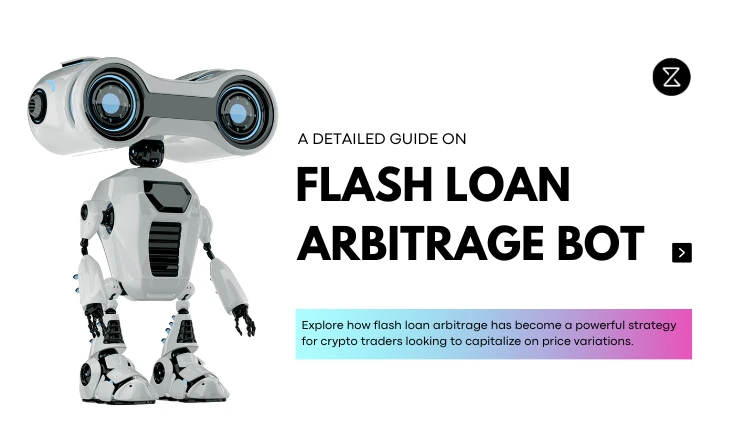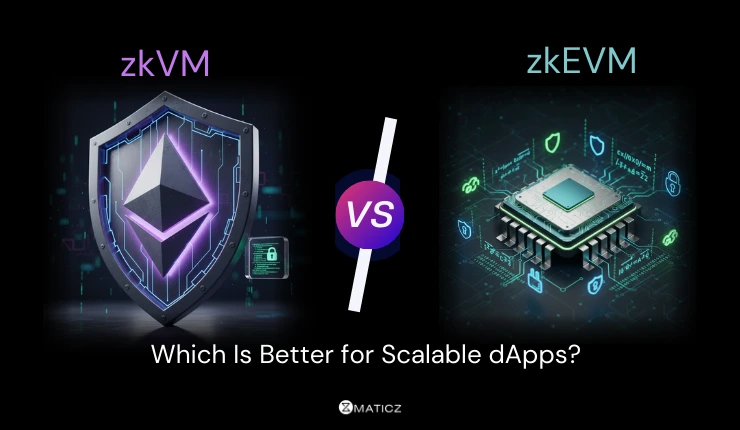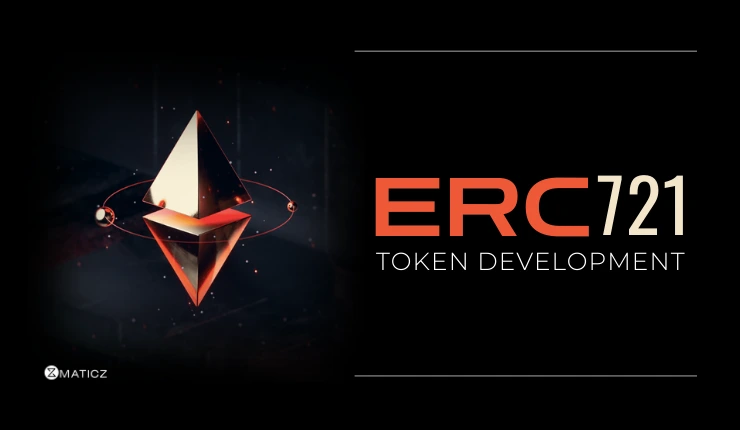Share Posts

Know Everything About Flash Loan Arbitrage Bot
50
3036
103
What Is Flash Loan?
Flash loan arbitrages have emerged as a powerful strategy in the defi landscape for crypto traders who are looking to take advantage of the price differences across various platforms without any capital amount. Flash loans allow users to borrow a large amount of cryptocurrency right away without any surety when the loan is repaid with the same blockchain transaction. Some arbitrage traders use flash loans to buy assets at lower prices on one exchange and sell them at higher prices on another, snatching the differences as profit. If the arbitrage is successful, the trader keeps the profit without the risk of long-term debts.
Flash loan arbitrage is important in maintaining liquidity and price stability across the entire Defi ecosystem. By utilizing the price variances, arbitrage traders help ensure that cryptocurrency prices remain balanced across different platforms. Additionally, flash loan arbitrages help normalize prices on decentralized exchanges by making quick transactions, enhancing their efficiency. They are designed to increase market efficiency and give users more access to profitable opportunities without upfront costs.
How Does Flash Loan Works?
Flash loans are a type of uncollateralized loan offered in the DeFi ecosystem. It allows users to buy and repay the loan within a single blockchain transaction. The concept behind flash loans is they are executed instantly and have minimal risk to the creditor. The borrowing and repayment come within a single transaction. In case, if the borrower fails to repay the loan, the smart contract cancels the entire transaction agreed upon and returns the money to the lender.
Flash loans heavily rely on smart contracts because these contracts ensure that the loan is borrowed and repaid within a single atomic transaction. This unique functionality is made possible by some technical contrivances, let’s see them here;
Atomic Transactions
Flash loans work based on atomic transactions especially on the platforms like Ethereum. In an atomic transaction, either the steps of the processes are fully executed or nothing is done. When discussing flash loans, the user must take the loan, perform arbitrage, and repay the loan- all done within the same transaction. If the loan is not repaid in the same transaction, the entire process is reverted as if it did not happen.
Smart Contracts - Backbone of The Flash Loans
Smart contracts are self-executing contracts with legal terms and conditions written in code and manage the entire flash loan process. These contracts ensure flash loans are reliable and automated without any upfront costs. They minimize risks by removing human intervention and confirms the loan is repaid or the transaction is voided. Here’s how it works;
Request a Loan - The Borrower sends a flash loan request to the smart contract by interacting with lending platforms (like Aave, and Equalizer).
Arbitrage Execution - Once the flash loan is approved, the borrower uses the loaned cryptocurrencies to perform the arbitrages across decentralized exchanges, collateral swaps, etc;
Repaying the Loan - Before concluding the transaction, the smart contract ensures that the loan with any fees is repaid. The loan repayment is technically enforced.
Reverting the Loan - If the loan is not paid with the same transaction, the smart contract reverts the entire operation by canceling all the prior actions to maintain integrity.
This automation makes flash loans an attractive feature of decentralized finance offering capital efficiency and transparency. Flash loans are a radical innovation powered by smart contract technology, reshaping how liquidity and trading are handled in Defi.
Popular Platforms for Crypto Flash Loan Arbitrage
Below listed are the popular crypto flash loan arbitrage platforms;
Aave
Aave is the biggest decentralized lending platform. It allows users to buy flash loans without collateral as long as the loan is repaid in the same transaction. It offers various assets and support flash loans.
dYdX
dYdX is also the largest decentralized exchange that offers margin trading and derivatives. It also provides flash loans for users by leveraging their position without any collateral upfront.
Uniswap
Uniswap is primarily known for decentralized exchanges for trading tokens and allows users to access liquidity. Traders can use flash loans to take advantage of the price difference in Uniswap.
Compound
Compound is a popular lending protocol where users can earn interest on their assets. It also provides flash loans, allowing users to borrow assets for a very short time to capitalize on arbitrage opportunities.
Flash Loan Aggregators
Some platforms act as aggregators, bringing together various flash loan opportunities available from multiple sources. These can help users find the best rates and opportunities for arbitrage.
These platforms enable crypto traders to borrow funds quickly without any collateral, making it easier to capitalize on the price differences in the market.
What Is Flash Loan Arbitrage Bot?
Flash loan arbitrage bot is a highly automated program, that leverages profitable opportunities between DEXs or liquidity pools without upfront costs. They use advanced algorithms to monitor markets, execute arbitrage opportunities, and perform all operations within the same single transaction, using the atomicity of flash loans.
These bots use smart contracts and automated scripts to borrow large sums of capital via flash loans and immediately perform arbitrage. Flash loan arbitrage bot consists of multiple interconnected components that facilitate high-frequency trading within the larger defi space. Here’s a detailed look at its architecture;
Bot Logic
The principal task of the bot is to identify, analyze, and execute arbitrage across different platforms. The main module of the bot includes
Market Scanner - This external component continuously monitors DEXs, like Uniswap, and Sushiswap, looking for the price differences of assets. It tracks liquidity pools, token pairs, and order book data to identify profitable arbitrage opportunities.
Price Difference Analyzer - Once the potential arbitrage is identified, the analyzer determines the profit margin by considering shifts in price, gas fees, and flash loan fees. By doing this, the analyzer calculates whether the trade will yield profit.
Trade Execution Module - If the opportunity meets with preset profit conditions, the bot triggers the execution module which coordinates with the lending module to borrow the required amount through flash loans.
Smart Contracts
Smart contracts are used to manage and execute transactions on-chain. The contracts are often customized to interact with multiple Defi protocols for both borrowing and arbitrage trades. The smart contracts ensure the following;
Flash Loan Request Contracts - This contract interacts with the lending platforms to request flash loans. This contains the logic to define flash loan amounts, execution steps, and repayment terms.
Arbitrage Execution Contracts - These contracts help execute trades by swapping tokens between exchanges to exploit differences. This ensures the transaction fits in the same block to avoid loss or liquidation.
Repayment Logic - A vital part of the architecture, the repayment logic ensures that the loan is borrowed funds with any accrued fees are paid to the lender within the same transaction block.
Off-Chain Components
Smart contracts are executed on-chain but the bot needs off-chain components to gather real-time market data and initiate trades.
Oracle - Crypto Arbitrage Bot often relies on decentralized oracles to gather real-time price feeds from decentralized and centralized exchanges. This Oracle data helps the bot to compare on-chain and off-chain prices, ensuring accuracy in the market evaluation.
Data Aggregators - The bot integrates with APIs from data aggregators which consolidate liquidity pools across multiple DEXs. They help bots find trade routes for arbitrage execution.
Gas Optimation Algorithm - These algorithms assist the bot in optimizing the trade execution timing, ensuring profits even after deducting transaction costs.
Automated Trading Strategy
Flash loan bots use predefined strategies to execute profitable trades automatically. Here are three main strategies;
Triangular Arbitrage - This strategy is used to trade among three tokens to take advantage of the price difference between them across multiple exchanges. It buys low and sells high in a smooth transaction.
Direct Arbitrage - In this, the bot finds the price difference between two tokens on different exchanges. It buys the token cheaply on one and immediately sells it for a higher price on another one.
Multi-hop Arbitrage - The bot swaps between multiple tokens and liquidity pools before completing the final trade. To optimize profits, it seeks out opportunities by trading multiple tokens consecutively.
Each crypto trading strategy is designed to complete all trades within a single transaction to ensure success and avoid losses.
Flash Loan Integration
The bot requests a flash loan from the Defi lending protocol, and using the borrowed amount, it starts the arbitrage across decentralized exchanges. After the arbitrage execution, the bot repays the loan and fees within the same transactions. If the repayment fails, the entire transaction is reverted by smart contracts, ensuring no risk of losses.
Flash loan arbitrage bots combine on-chain smart contract executions and off-chain data feeds and algorithms. The atomicity of flash loans, combined with smart contracts ensure these bots operate in a trustless and secure manner.
How Does a Flash Loan Arbitrage Bot Work?
Flash loan arbitrage bot executes trades quickly within the same transaction to profit from price differences across different platforms. Here’s a simple step-by-step explanation;
Identify Arbitrage Opportunity: The bot scans multiple decentralized exchanges to find price differences for the same crypto asset.
Get a Flash Loan: The bot takes out a flash loan from lending platforms like Aave or dYdX. No collateral is needed since the loan is repaid within the same transaction.
Buy Low On One: The bot buys the crypto asset for a cheaper price using borrowed money on one platform.
Sell High On Another: Then, immediately sells the asset for a higher price on another exchange, making a profit out of the price difference.
Repay The Flash Loan: The bot repays the flash loan with the accrued fees to the platform in the same transaction.
Profit From the Arbitrage: After the repayment of the flash loan, the remaining amount is the profit earned by the bot in the trade execution. These profits are used for further investments
All these processes happen automatically and within seconds, reducing the risk of slippage before the trade execution.
Future of Flash Loan Arbitrage Bots
The future of flash loan arbitrage bots looks promising as the decentralized finance ecosystem continues to evolve. With the increase in liquidity and advancements in blockchain technology, these bots have become more efficient and sophisticated. As more users recognize the benefits of leveraging flash loan arbitrage opportunities, the demand for automated trading is likely to grow. Additionally, innovations in smart contracts and security measures may enhance the safety and reliability of these transactions, making flash loan arbitrage more accessible to a broader audience. Ultimately, as the DeFi space matures, flash loan arbitrage bots are expected to play a crucial role in optimizing market efficiencies and driving profitability for traders.
If you're looking for a reliable solution to automate your trades and maximize your crypto profits, our flash loan arbitrage bot development services can help. Contact us today to get a custom-built bot tailored to your specific needs!
Tap Into the Future
The latest insights, posts, and project updates - straight to your inbox.




